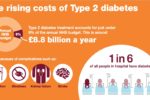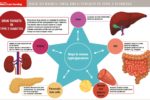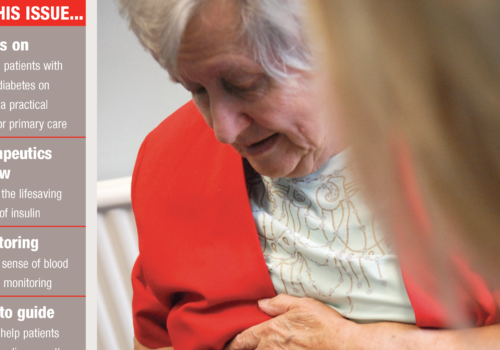People with diabetes need to plan carefully for holidays, especially if they are treated with insulin. Although much of the advice will be the same as for the general population, these patients are more vulnerable and will need to take particular care in looking after themselves to avoid any ill health while away from home.

























